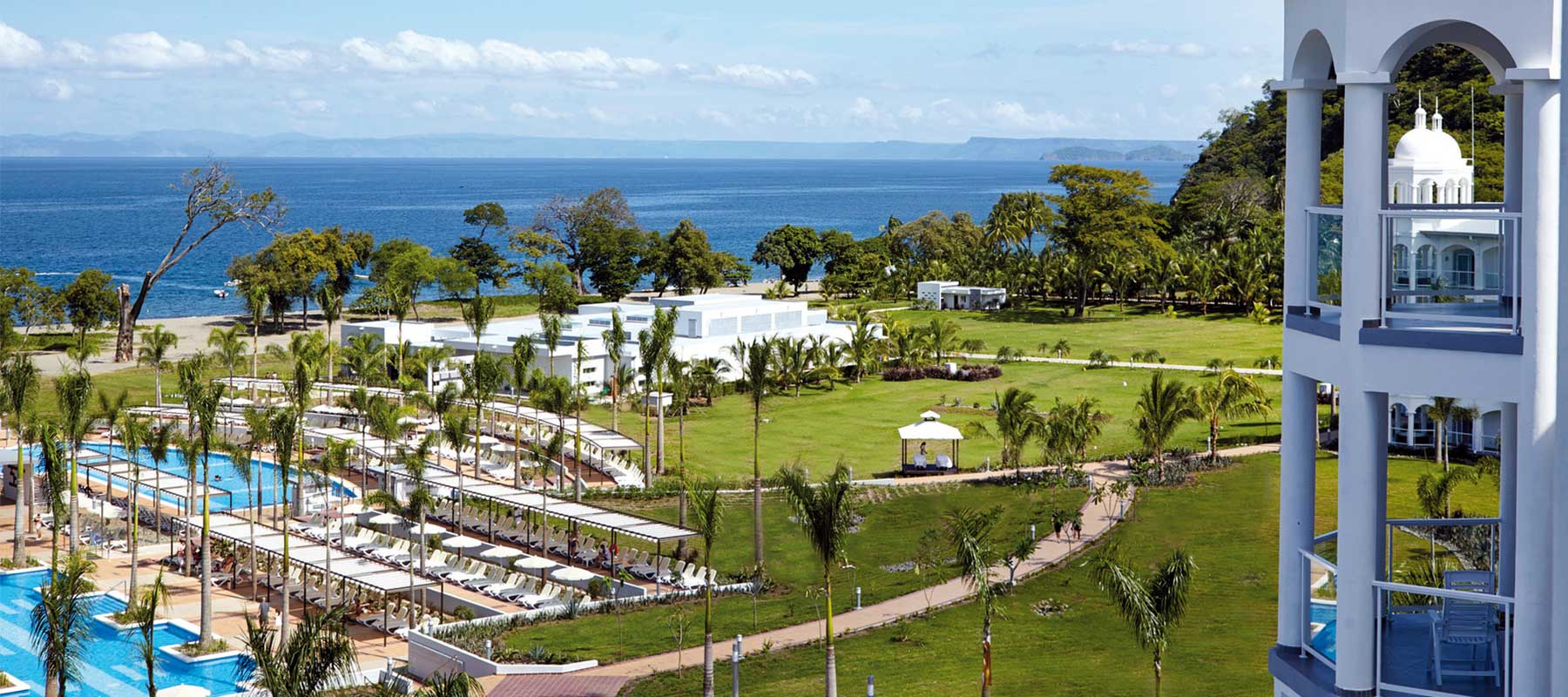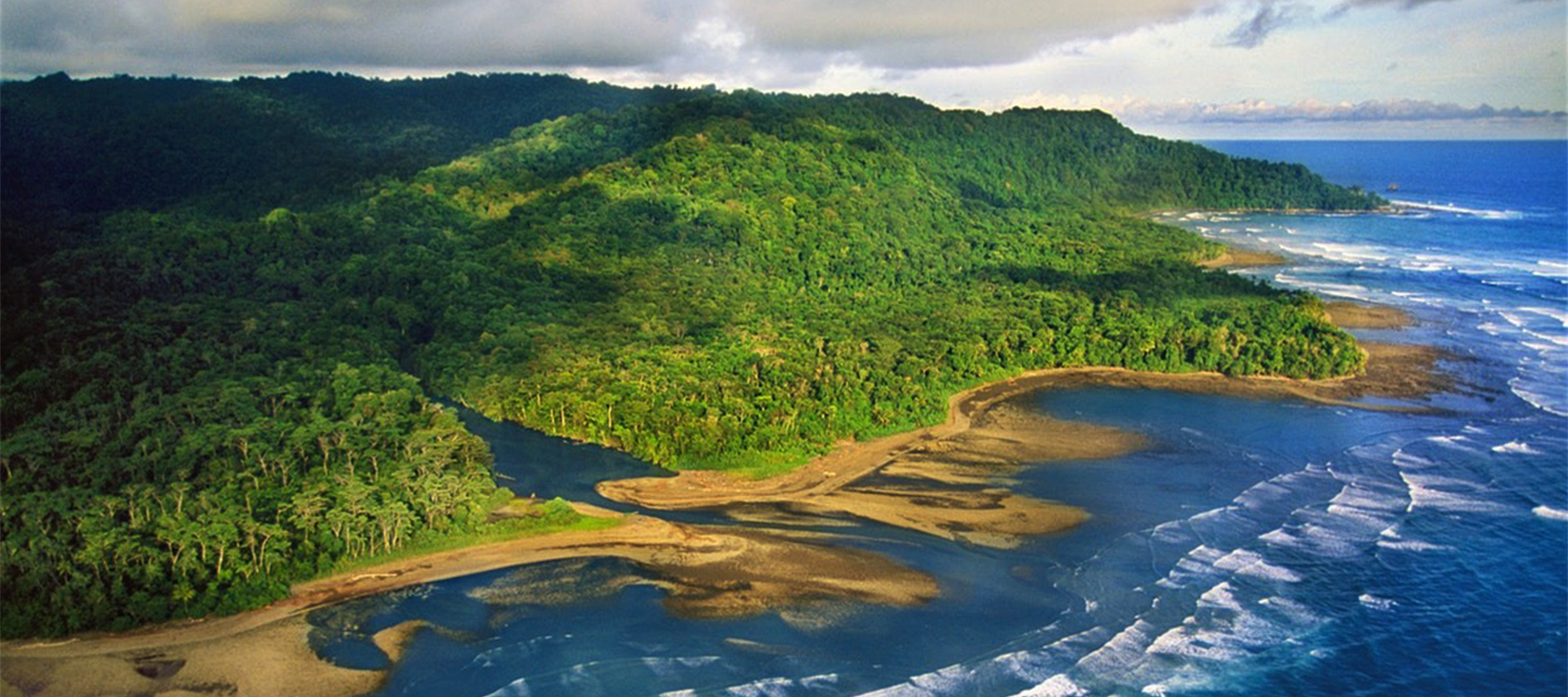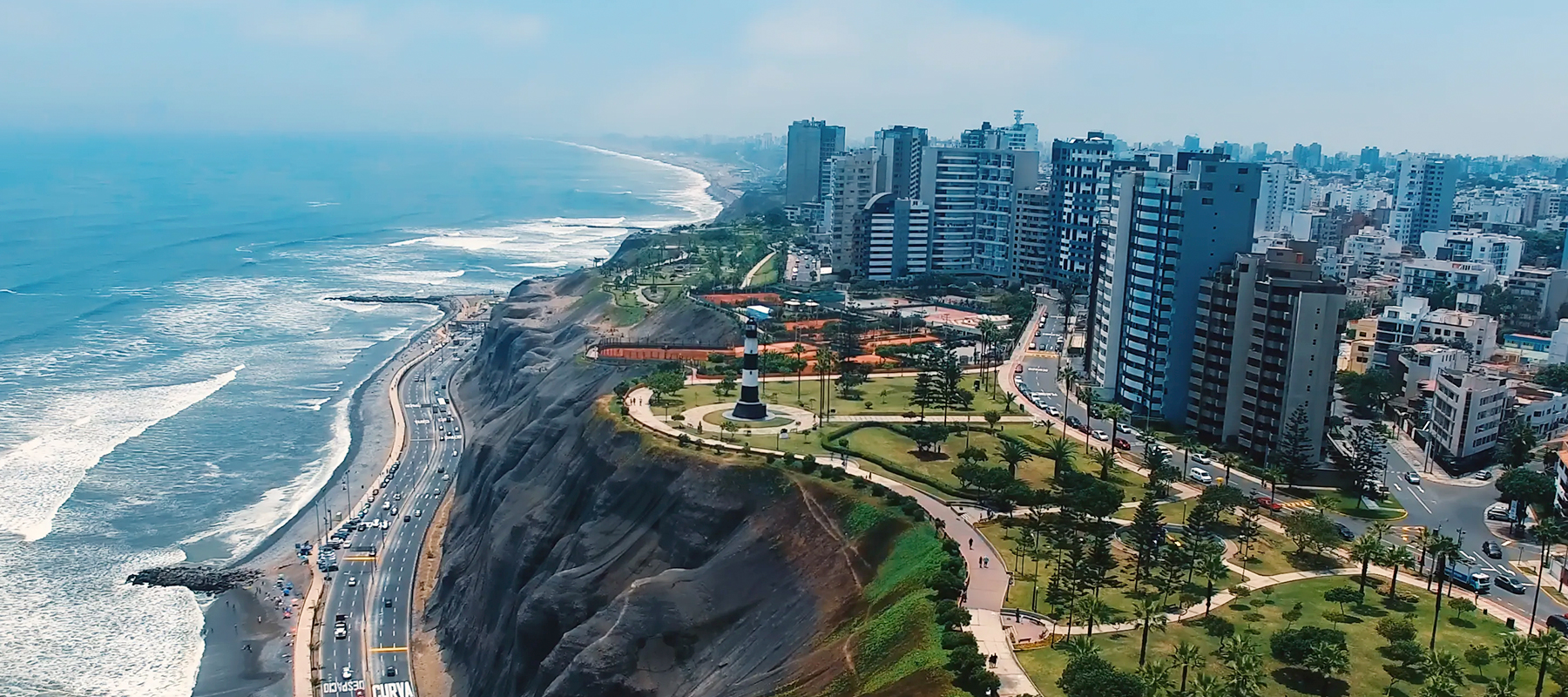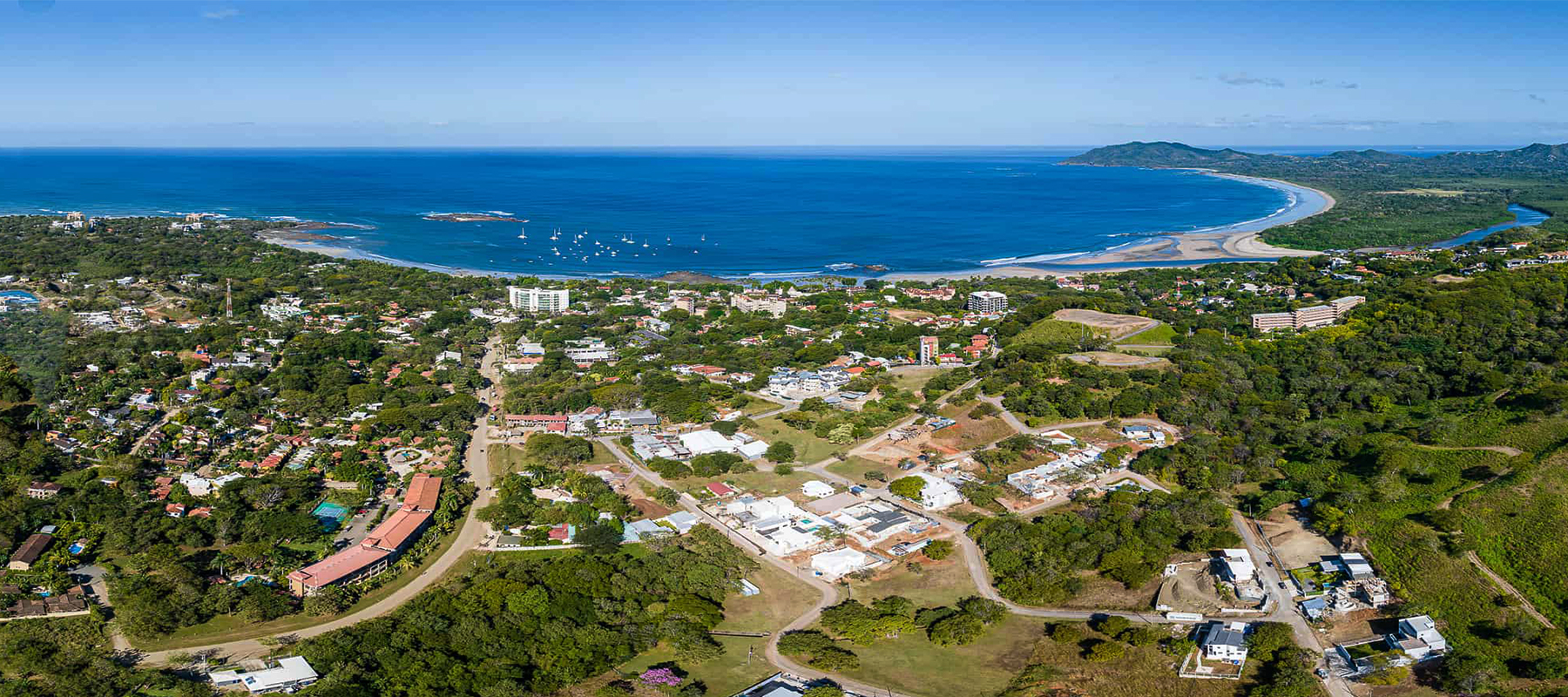01
of 21
Reasons To Visit
Among the most aspired-to travel locations in the world is Machu Picchu. Machu Picchu is alluring due to the many mysteries it conceals regarding the ancient Incan Empire. Those interested in learning more about the Incans' scientific and religious activities, as well as the archaeological significance of the city, will find a wealth of fascinating information.
Machu Picchu is a time machine, but it's also a chance to taste the local cuisine and learn about Peruvian culture. If you extend your stay, you may also visit other historical sites around the nation, such as the Nazca Valley, which is home to vast, mysterious images whose origins are still a mystery. In one of the most breathtakingly gorgeous countries in the world, you may enjoy some pisco sours to wash it all down, zesty ceviche, a rainbow-striped mountain, and a desert oasis that appears more like a painting than a real location.
02
of 21
Best Time To Visit
A visit to Machu Picchu is possible at any time of year. Although rain is most likely from October through April, it is possible to get rain at any time of year. Even though July and August are the busiest months, you can count on crowds any time of year. The site's daily visitation restriction is in addition to the free admission that residents of the Cusco province receive on Sundays, hence Sundays tend to be the busiest.
When? Morning? Evening? Visiting Machu Picchu at any season is ideal. Nowadays, the place experiences constant crowding and weather can be somewhat unpredictable. On the other hand, mornings are more likely to be foggy when it rains. Fog may either destroy the view or give it an air of mystique, depending on your mood. When day-trippers head back to the train station to go to Cusco, you might find a little less crowd in the afternoons.
03
of 21
How To Get Acclimated To The Altitude
Having altitude sickness ruin your day at Machu Picchu is the last thing anyone wants. The altitudes of Cusco (more than 11,000 feet) and Machu Picchu (almost 8,000 feet) are significantly higher than your starting point. Allow plenty of time to reach your destination so you can gradually adjust and steer clear of frequent symptoms such as nausea, headaches, dizziness, exhaustion, and difficulty breathing.
We advise that you take the train straight from Cusco to Aguas Calientes, often known as Machu Picchu Pueblo, the town closest to Machu Picchu, unless your Machu Picchu itinerary stipulates that you must spend the night in Cusco. Explore Machu Picchu before making your way back to Cusco after spending a night or two adjusting to the comparatively low elevation of Aguas Calientes, which is roughly 6,700 feet. The Sacred Valley is naturally lower in elevation than the neighboring mountains, therefore there are plenty of other places to spend time there. To ease your body into the thinner air, it's best to drink plenty of water or coca tea and refrain from strenuous activity and alcohol as you acclimate.
04
of 21
How To Get There
To reach Cusco from Machu Picchu, one first fly via Lima, the capital of Peru, and then transfer to an aircraft to the Inca city. The most direct route from Cusco to Machu Picchu is via Aguas Calientes, which may be reached by taking the train for 3.5 hours in each direction. The route follows the Urubamba River in the Sacred Valley, with impressive canyon walls on each side of the rails. Keep in mind that the town of Poroy is actually home to the so-called Cusco rail station. Take a cab from downtown Cusco to the train station; it won't cost you much, but it will take at least an hour. The already terrible traffic in Cusco is made much worse by the seemingly endless road construction.
Taking The Train
You can take your pick among three different train companies: Inca Rail, Peru Rail, or the Belmond Hiram Bingham. A beautiful train adorned with polished wood and brass will transport you to the Hiram Bingham service, where you will enjoy a lunch served on white tablecloths accompanied by wine. It's also significantly more costly than Peru Rail and Inca Rail, two other options that provide pleasant travel on various trains (including ones with panoramic windows for an extra charge). No matter which train you pick, make sure you reserve your ticket in advance. Months in advance, tickets sell out.
Train tickets from Cusco may be sold out, but that's okay. To go to Aguas Calientes, you need look into purchasing a different train ticket that leaves from Ollantaytambo in the Sacred Valley, or alternatively, the other way around. Between Ollantaytambo and Cusco, which takes slightly more than an hour each way, there is no shortage of taxis and minivans. Spend the night at Ollantaytambo if you have the luxury of time; the town and its archeological complex are home to numerous Incan-built streets and buildings that are still visible today. To avoid the crowds of tour buses and make the most of the sunrise, get to the place as early as possible.
Just twenty minutes away from Ollantaytambo is Urubamba, another great place to spend the night. There are many of high-end and boutique hotels in Urubamba, including Tambo del Inka, Sol y Luna, Relais & Châteaux, and Aranwa Sacred Valley Hotel & Wellness, among many more.
05
of 21
Taking The Train
You can take your pick among three different train companies: Inca Rail, Peru Rail, or the Belmond Hiram Bingham. A beautiful train adorned with polished wood and brass will transport you to the Hiram Bingham service, where you will enjoy a lunch served on white tablecloths accompanied by wine. It's also significantly more costly than Peru Rail and Inca Rail, two other options that provide pleasant travel on various trains (including ones with panoramic windows for an extra charge). No matter which train you pick, make sure you reserve your ticket in advance. Months in advance, tickets sell out.
Train tickets from Cusco may be sold out, but that's okay. To go to Aguas Calientes, you need look into purchasing a different train ticket that leaves from Ollantaytambo in the Sacred Valley, or alternatively, the other way around. Between Ollantaytambo and Cusco, which takes slightly more than an hour each way, there is no shortage of taxis and minivans. Spend the night at Ollantaytambo if you have the luxury of time; the town and its archeological complex are home to numerous Incan-built streets and buildings that are still visible today. To avoid the crowds of tour buses and make the most of the sunrise, get to the place as early as possible.
Just twenty minutes away from Ollantaytambo is Urubamba, another great place to spend the night. There are many of high-end and boutique hotels in Urubamba, including Tambo del Inka, Sol y Luna, Relais & Châteaux, and Aranwa Sacred Valley Hotel & Wellness, among many more.
06
of 21
How To Get Tickets
Guides are necessary in Machu Picchu regardless of whether you are on a prearranged tour or visiting on your own, regardless of whether you purchase your ticket in advance. Outside the gates or in Aguas Calientes, you can hire one.
A five-circuit ticketing system has been instituted by the Peruvian government to regulate the overcrowding of Machu Picchu. Adult tickets cost around $42 while students' and children's tickets cost $20. Advance ticket purchases are required. The number of available tickets on a certain day can be easily seen when you make your reservation online. There are five different circuits to choose from on the day of your visit. Increased security measures prevent the site from collapsing under the weight of an overwhelming number of users. Check out the circuits and the landmarks they feature before you book.
Getting to Huayna Picchu (Circuit 4 + Wayna Picchu Mountain) requires an additional ticket. Many hikers come for the breathtaking views of the Incan ruins below, but they should know that the trail can be narrow and steep in spots. Between the hours of 7 and 10 in the morning, you will have the option to begin your ascent. Get there around 10 in the morning for the best chance that the clouds will have parted.
Machu Picchu Mountain + Circuit 3 is an additional ticket option, and you'll need healthy knees to hike to the peak. Almost the whole way is up and down stairs. You'll be given the option to begin your ascent at any time between 7 and 9 in the morning. The Inca Bridge, which is a short walk from either Circuit 1 or 2 and requires a separate ticket, was once open to the public. The Incas constructed a treacherous path along a rock face; however, it is now closed. The journey to see it, which takes less than an hour total, is generally flat. Additionally, starting in 2021, you can purchase a separate ticket to access the most recent route to Huchyu Picchu, which combines Circuit 4 with Huchuypicchu Mountain. You'll obtain a different view of the old city on this shorter and easier mountain trek
07
of 21
The Inca Trail And Other Treks
Alternately, you can join a multi-day Machu Picchu hike departing from Cusco that follows the Inca Trail, a segment of the several Incan roadways constructed during the empire's expansion. Despite how daunting it seems, thousands of people complete this journey year. The Inca Trail treks to Machu Picchu are offered by dozens of tour companies, and they range in length and difficulty (but camping is a requirement for all). Keep in mind that every year in February, the Inca Trail that leads to Machu Picchu is closed for maintenance.
Visiting the famed landmark is just one part of a Peruvian vacation; some tour companies provide packages that include visits to other, less-visited attractions in the Andes as well. Luxury tour provider andBeyond provides multiple Machu Picchu itineraries, & the Inca Jungle Tour incorporates activities such as trekking, biking, rafting, and zip-lining into the journey.
The village of Hydroelectrica, which is home to a hydroelectric plant, is also on the route that leads to Machu Picchu from Cusco. A three-hour ascent leads to Aguas Calientes, from where one can reach Machu Picchu. This itinerary is offered by several Cusco travel operators as a private van excursion for one or two days. The Lares area, Salkantay Mountain, and Choquequirao's second city are among the most traveled alternate routes.
08
of 21
Salkantay Mountain
Hikers seeking a less touristic or more diverse experience can choose from a number of different routes leading up to Machu Picchu. The second most popular route winds its way around Salkantay Mountain, which stands at 20,569 feet and is one of the most impressive peaks in the Peruvian Andes. There are a lot of tour companies out there that offer Salkantay Treks, but if you're looking to cut a day off your normal itinerary on your way to Machu Picchu, you can do so with Apus Peru, a well-established and highly-respected Cusco tour company that focuses on responsible and sustainable tourism.
Consider the Choquequirao walk with an optional extension to Machu Picchu if you're a traveller with an interest in archaeology. This plan takes you to Aguas Calientes, where you may explore Machu Picchu, after a stunning (but challenging) hike via the rocky Apurimac Canyon and the Choquequirao ancient site.
Starting in Peru's mountain lodges, the Lares Adventure takes you on a fantastic mix of Andean hiking and cultural encounters with Quechua tribes en route to Aguas Calientes, where you may see the citadel. There are other tour operators who provide treks in the Lares region, but none that match this itinerary's combination of first-rate lodge stays and comprehensive service.
11
of 21
Best Hotels And Resorts
Even those who come to Machu Picchu via the Inca Trail typically bring camping tents because there are no old Incan hotels to stay in. The Belmond Sanctuary Lodge is the nearest option, providing easy access to the site; nevertheless, it is somewhat distant from the dining and shopping of Aguas Calientes, requiring either a grueling 30-minute drive or a 90-minute descent of the mountain.
12
of 21
Where To Stay In Aguas Calientes
There are two primary choices for a high-end hotel in Aguas Calientes: the historic Inkaterra Machu Picchu Pueblo, next to the train station, and the modern, boutique Sumaq Machu Picchu Hotel, close to the mountain's base. In addition to dozens of options in the middle price range, there are also incredibly cheap backpacker hostels like Nativus Hostel that offer private rooms.
13
of 21
Where To Stay In Cusco
There is no shortage of grand, all-inclusive hotels in Cusco. Among them are the Palacio del Inka, a Luxury Collection property; the museum-like JW Marriott El Convento Cusco; the 11-suite Inkaterra La Casona; and the Belmond Hotel Monasterio, housed in a former Jesuit seminary. El Mercado and Atiq Boutique Hotel are great options if you're looking for a modern boutique.
14
of 21
Best Restaurants
The sole sit-down restaurant option at Machu Picchu is the Belmond Sanctuary Lodge's buffet meal, while there is a more relaxed cafe and bar outside the entrance gates with a beautiful terrace. It's high-quality, but not cheap. Though, you can always bring your own lunch to eat at Machu Picchu, and then, upon returning to Aguas Calientes or Cusco, you may look forward to a celebration dinner.
15
of 21
Where To Eat And Drink In Aguas Calientes
When it comes to Peruvian food, Aguas Calientes isn't exactly a trailblazer. But if you stroll along Av. Pachacutec, you'll come across some more low-key restaurants and pubs, some of which even serve some of Peru's burgeoning craft beer scene. Guests of the Inkaterra and Sumaq luxury hotels are welcome at the on-site fine dining establishments. Some less obvious tourist hotspots include the French-Peruvian Restaurante Indio Feliz and the Mapacho Craft Beer Restaurant, both of which provide a unique combination of regional cuisine and craft beers from around the nation.
16
of 21
Where To Eat And Drink In Cusco
You shouldn't have any trouble finding excellent eateries in Cusco, a city that is much bigger than Aguas Calientes. Serving both international and Andean meals from an open kitchen, Cicciolina is a traditional tapas tavern that has the vibe of a neighborhood hangout. Kion, part of the expanding Cusco Restaurants group, serves chic Cantonese food. The decor is antique Chinese, the flavors are delicate, and it's a joyful setting. Famous Peruvian chef Gaston Acurio (of Astrid & Gastón renown) has opened his first Cusco restaurant, Chicha. In a bright and airy setting on the second level of a Colonial structure, diners may enjoy haute Andean cuisine such as alpaca carpaccio and quinoa with duck. Near the main plaza is Cholos pub, where you may have meals and one of twelve taps of Peruvian specialty beers. The Peruvian proprietor, Rodrigo Cardenas, is an expert on each of them and has a deep affection for them.
17
of 21
Best Things To Do In Machu Picchu
You should probably familiarize yourself with the most fascinating sights of the city before making your decision, since getting to the citadel requires following the path indicated on your ticket. Some of the most significant include the astronomical clock known as the Sacred Stone, which is set to align with the spring and fall equinoxes, and the magnificent masonry work that is the Temple of the Sun.
Carry some extra change (coins, tiny dollars, etc.) with you on your visit; the site's entrance bathroom is the only one there. Just in case you need to use the restroom or grab some food while at Machu Picchu, you should have your passport on hand because you'll also need it to enter the site. Keep your ticket safe; it will be required for re-entry. Carrying it around could be a pain, but you'll be glad you did it since there's a scarcely visible station outside the entrance gates where you can obtain the distinctive Machu Picchu stamp on your passport.
Both Aguas Calientes and Cusco provide a plethora of fascinating sights to see on the route to Machu Picchu.
18
of 21
Things To Do In Aguas Calientes
The thermal springs, which are accessible to the general public for a nominal charge, are the source of the town's name. Additionally, the main market next to the train station is a great place to find gift shops. The Mariposario de Machupicchu is a butterfly sanctuary, while Machu Picchu is the most famous site.
19
of 21
Things To Do In Cusco
With its UNESCO World Heritage-listed pre-Columbian architecture, charming cobblestone streets, excellent hotels, fascinating museums, proximity to archaeological sites, and laid-back vibe, Cusco is a must-visit city.
Visit the Sacsayhuaman Incan ruins, the Cusco Cathedral, and the magnificent Coricancha, an Incan temple-turned-Spanish cathedral; other historic monuments in Cusco date back to both the Incan and colonial eras. San Pedro Market, the trendy San Blas area, the Plazas de Armas, and people-watching are all worth a visit.
Tour operators such as Wheel the World have made it possible for wheelchair users to see the Peruvian wonder, having created the first wheelchair-accessible tour of Machu Picchu. The company offers specialized wheelchairs that can navigate the old city's many steps and difficult terrain; for more information, you can contact them.
Check out the "Let's Go Together" podcast from Travel + Leisure for more motivational tales and exciting travel adventures that celebrate diversity!
Pack appropriately for mountain weather, whether you're planning a multi-day hike or a short in-and-out day excursion. Despite the sunny weather forecast, make sure to bring drink and a raincoat. Wearing a hat and enough of high-SPF sunscreen is a must in Peru due to the intense sun, which is exacerbated by the weakened ozone layer and the country's high elevation. Insect repellent should also be on hand.
Machu Picchu has a strict no-drones policy, so leave your umbrellas, walking sticks, and hiking poles at home. Anyone bringing sticks or poles for mobility purposes is allowed to do so, provided that they have protective rubber tips on the ends.




